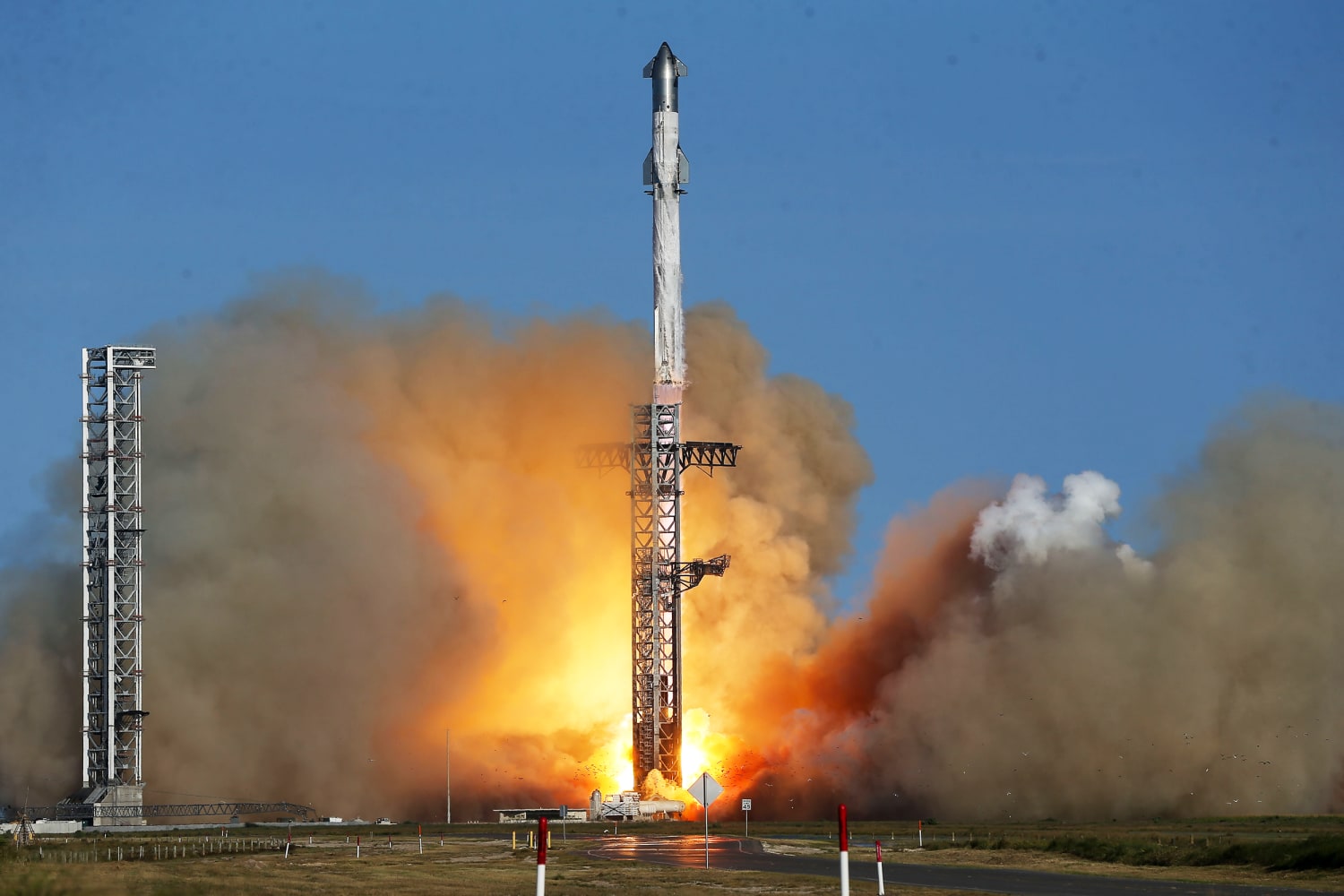"Starship made it to the scheduled ship engine cutoff, so big improvement over last flight!"
Elon Musk
SpaceX founder and CEO
Key Facts
- SpaceX launched the Super Heavy-Starship on its 9th test flight following two previous failures, continuing its development efforts.
- The first-stage Super Heavy booster exploded shortly before its expected splashdown near the Texas Gulf Coast during a deliberately steeper, more stressful descent trajectory.
- Fuel leaks on the Starship upper stage caused it to spin uncontrollably before re-entry, leading to a rapid unscheduled disassembly over the Indian Ocean.
- Starship failed to open its payload bay door fully, preventing deployment of eight Starlink simulator satellites intended for orbit validation.
- The FAA diverted flights and briefly halted departures at four Florida airports, including Miami International Airport, due to debris falling from the failed flight.
- SpaceX engineers have implemented multiple upgrades and improvements since the failure to minimize chances of similar issues in future flights.
- NASA plans to use a variant of the Starship upper stage as a lunar lander for its Artemis program, despite the recent test flight failure.
Key Stats at a Glance
Number of Super Heavy-Starship test flights
9 flights
Number of first-stage Super Heavy booster explosions in this flight
1 explosion
Number of Starlink simulator satellites onboard
8 satellites
Number of Florida airports with halted departures
4 airports
